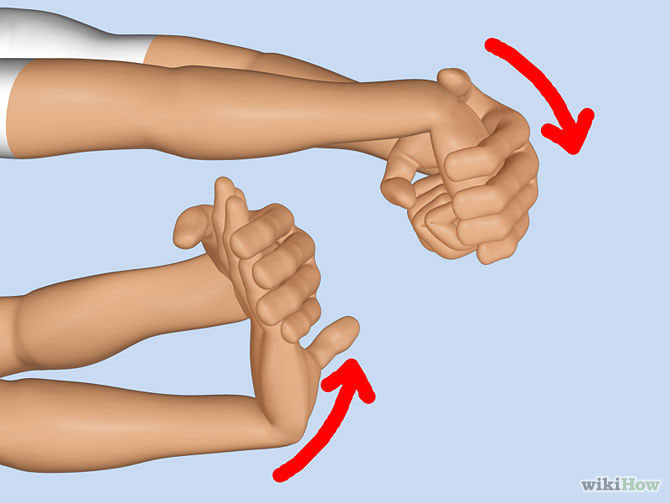Tennis elbow
Monday, April 18, 2016
Tennis elbow is one of the most common repetitive stress injuries but despite its name, it's actually more common in non-tennis players than those hitting the ball around the court.
Tennis elbow, also called Lateral epicondylalgia is caused by repeated extension of the wrist against resistance. This leads to small tears in the tendons attaching to the forearm muscles on the outside of the elbow that results in pain and tenderness.
The most common causes of Tennis elbow are manual repetitive tasks like carpentry, sewing, bricklaying or computer work like data entry.
Tennis elbow Symptoms
The first sign of Tennis elbow would be pain on the outside of the elbow, either during or after intense or repetitive use. Other things you may experience are:
- Weakness or pain in your forearm and wrist when you grip objects
- Pain when you extend your forearm and wrist
- Pain or tenderness around the outside of your elbow, extending into your forearm and wrist
- Any pain that increases over time
Tennis elbow Treatment
It's important to seek out the advice of a qualified Physiotherapist in order to ensure effective short and long term management of Tennis elbow.
The first thing your physiotherapist will do is a thorough assessment of the site of the pain to rule out other potential causes of your elbow pain before an individualized treatment plan is designed on your unique Tennis elbow symptoms, needs and lifestyle.
Tennis elbow treatment can include one or more of the following:
Joint Mobilisation
Mobilizing your elbow joint and neck reduces stress on the affected areas and can prevent a recurrence of Tennis elbow.
Elbow kinesio taping
Kinesio taping of the elbow is designed to facilitate your body's regular healing process while stabilizing and supporting joints and muscles. This reduces the risk of aggravating the Tennis elbow injury and increasing your pain.
Exercises to strengthen your tendons and muscle over time
Exercise can be used to strengthen your muscles and tendons overtime, by continuously working them out and increasing the intensity over time. With the help of a qualified physiotherapist you can be prescribed suitable exercises that will be adjusted over time to facilitate the speediest recovery.
Exercises to extend your wrist can improve your range of motion and increase the amount of load your tendons can take, which will reduce the future risk of Tennis elbow injury.
- Place your arm in front of you, keeping your palm down and your elbow straight
- Begin by slowing bending your wrist down using your other hand until you can feel a mild stretching feeling but no pain
- Hold this stretch for approximately 15 seconds.

Soft tissue massage
Massage therapists have a range of techniques they can use to help reduce tension, release soft tissue and realign fibres to reduce pain and inflammation.
Untreated Tennis elbow can recur and last anywhere from 6 months to 2 years which can be very debilitating. Of the available treatments for Tennis elbow, Physiotherapy is one of the most effective available when compared to other available treatments like steroid injections.
For a more advice on Tennis elbow Treatment and a free initial assessment call Greater West Physio on 02 9670 3800.
